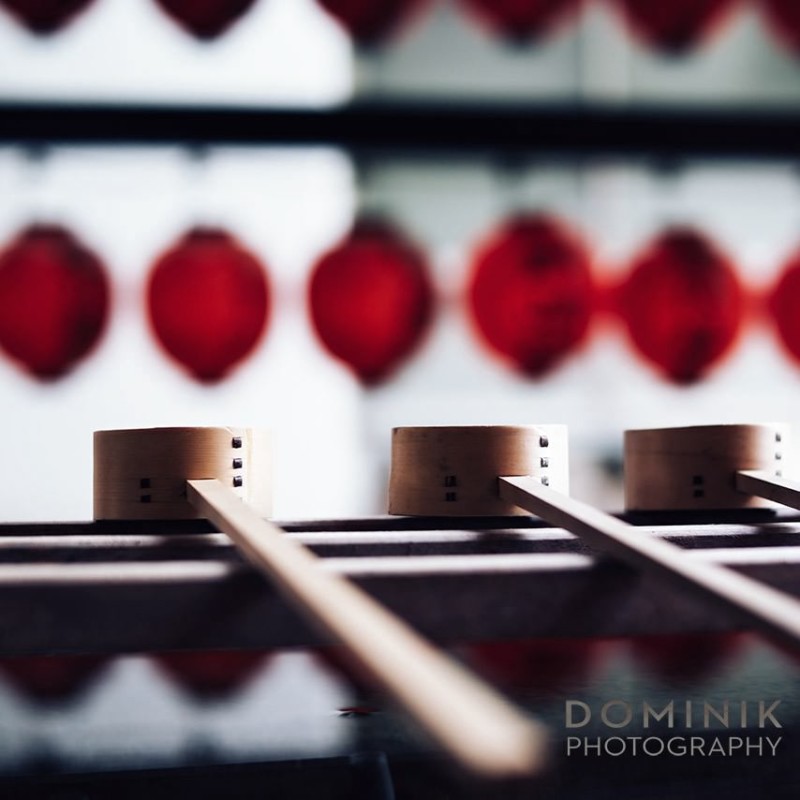How Manual Focus and Vintage Lenses Made Me a Better Photographer
![]()
I have been a commercial and wedding photographer for over 13 years. And from the beginning, I have been using Canon DSLR cameras and a variety of auto-focus lenses for the Canon EF system.
But in 2016, I decided to try a mirrorless camera and bought a Sony a7R II.
Because lens adapters exist that allow me to use my existing Canon glass on a Sony mirrorless camera, I neither planned nor anticipated that I would buy lenses especially for the Sony system. At least, that was the plan.
But little did I know…

Watching a few YouTube tutorials about the Sony a7 system, I discovered that there is an affordable 50mm f/0.95 lens available for Sony mirrorless cameras. I wanted that lens very badly.
Because ever since I saw the magic of what a lens with such a large aperture can do, I wanted such a lens also. And unlike the Leica Noctilux, which costs in excess of $10,000, this lens was quite affordable at just around $800. Not too bad for a lens with an aperture of f/0.95…
So I ordered the Mitakon 50mm f/0.95 lens directly from China.
It’s a 100% manual lens. For the very first time, I was using manual focusing. This was perhaps the most significant turning point in my career as a photographer.

At first, it seemed a rather limiting way of doing photography. I missed quite a few pictures because by the time I had the focus set properly, the situation I wanted to photograph was gone. At first, focusing by hand was a distraction from the actual process of making photographs.
But this did not discourage me. I quickly got used to manual focusing and in the end, this made me become a better photographer and create better photographs.
Why? Because it forced me to compose my photographs differently. Focusing manually made me slow down. Rather than clicking away indiscriminately, I found myself thinking much more about how I approach a photographic situation.
Putting in more thought and preparation when photographing was the best thing that ever happened to me as a photographer.

In a way, focusing by hand has re-wired my photographic brain.
It’s hard to describe. I encourage all photographers who have never focused manually to try it out. Do not give up easily — it requires some practice.
The experiences I had with my first manual focus lens prompted me to buy another 10 manual focusing and vintage lenses since 2016. Some of them have become my absolute favorite tools for creating photographs.
You may think I am “rich” because I could buy that many lenses in such a short time. No, I am not!
You see, another great thing about vintage lenses is that many of them can be had at a very low price. Some for less than $50. Or, to put it into perspective: all my vintage glass combined costs less than one new modern auto-focus lens.

I still use my Canon lenses when documenting weddings, but less and less so. In fact, I recently did my first commercial assignment exclusively using vintage lenses only.
In fact, these very positive experiences with manual focusing and vintage lenses led me to discover “slow photography“ — a (not so) new way of approaching photography and creating better photographs. If you are interested to learn more you may want to join the Slow Photography Movement.
And that is how manual focusing and using vintage lenses has transformed me and my photography. Try it out for yourself!
About the author: Dominik Vanyi is a photographer based in Bali. The opinions expressed in this article are solely those of the author. You can find more of Vanyi’s work on his website, Instagram, and Behance. This article was also published here.